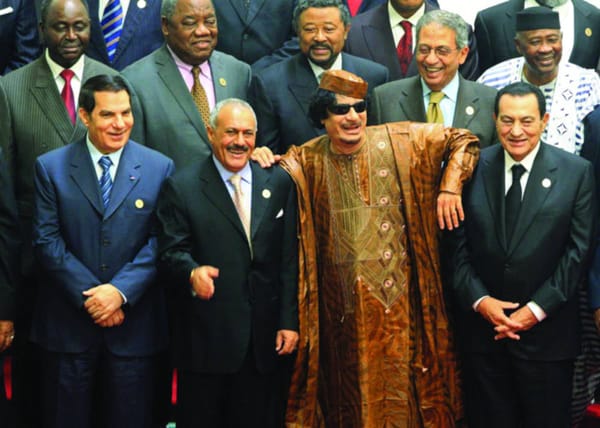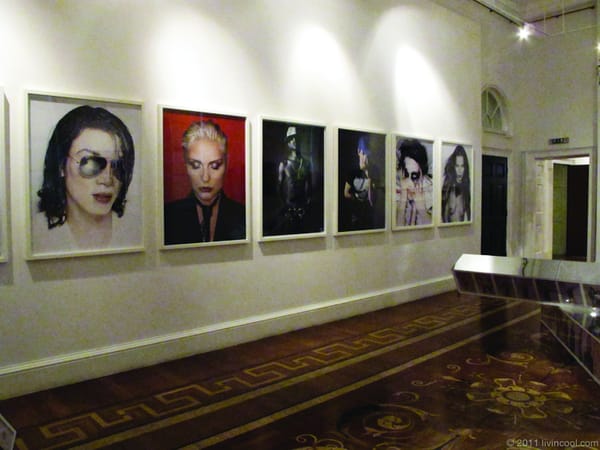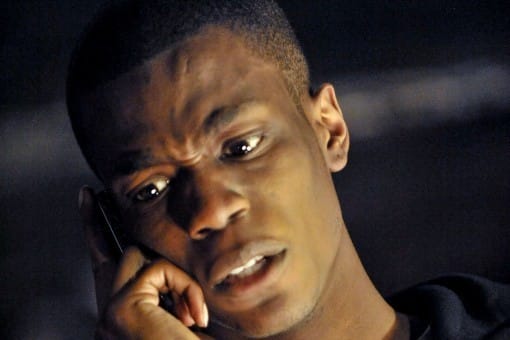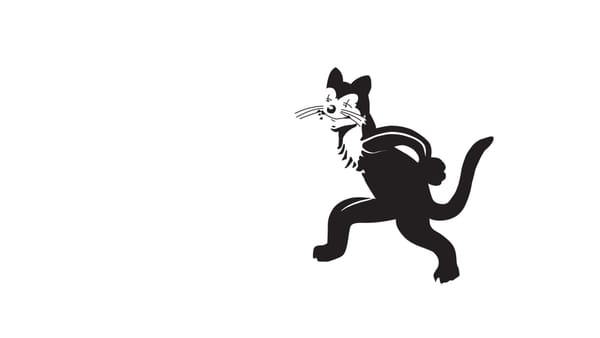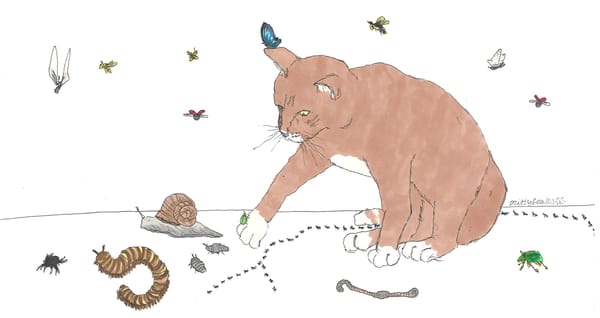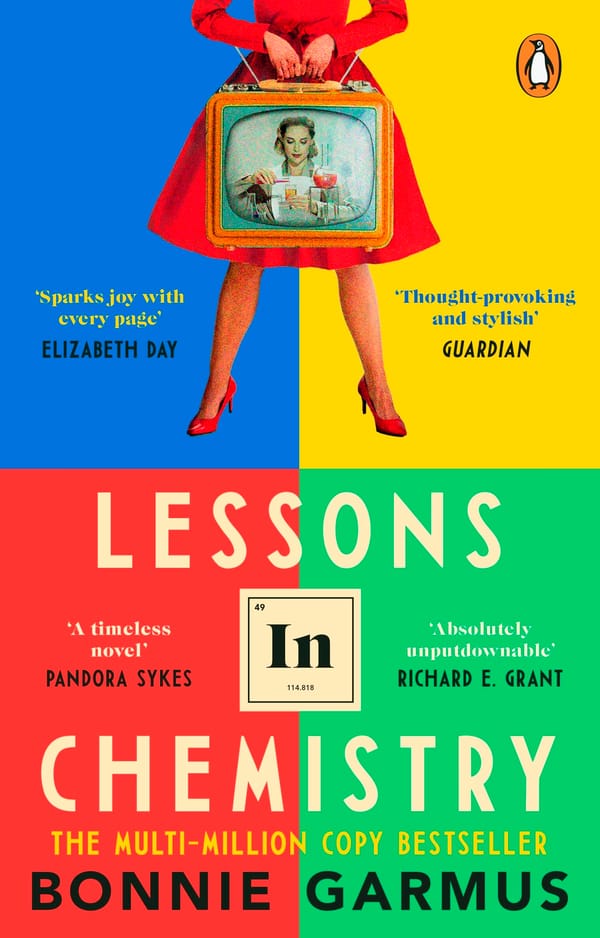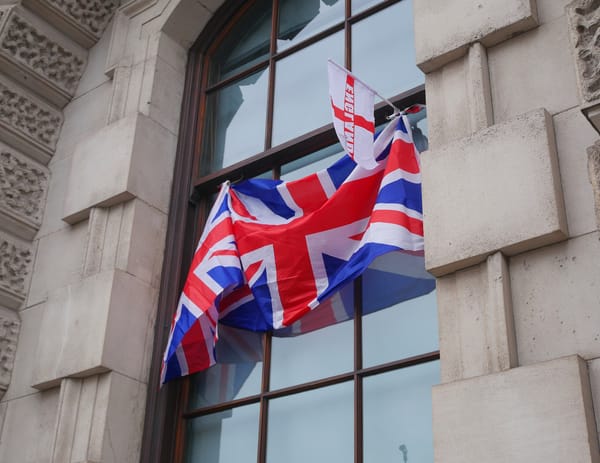Hockney’s biggest splash yet?
David Hockney mixes traditional and modern mediums to recreate Yorkshire landscapes of dazzling colour
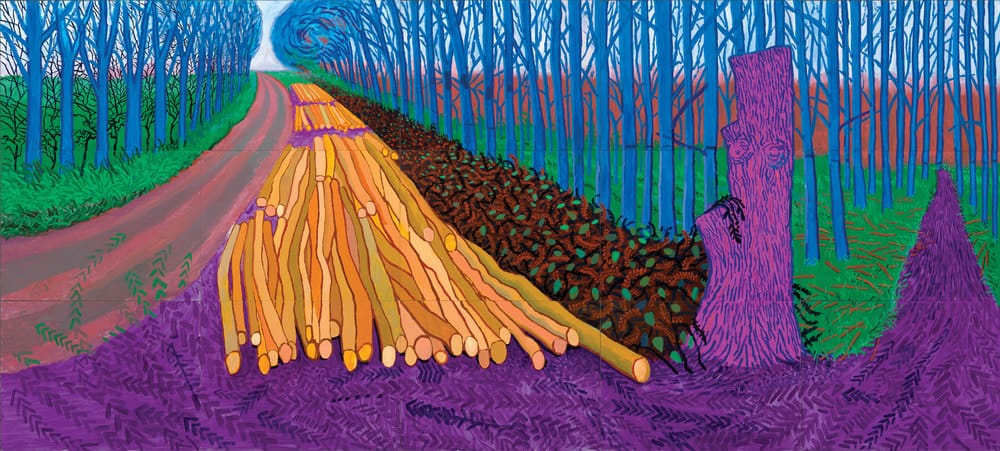
Herman Hesse, the German novelist and poet, wandered for some time through the Swiss countryside – and wrote as a result the aptly named Wandering. His book is about many things, one of them being a communion with nature. Hesse tells his reader “Trees are sanctuaries. Whoever knows how to speak to them, whoever knows how to listen to them, can learn the truth” and these words resounded with especial strength throughout the two hours spent at David Hockney’s new show at the Royal Academy of Arts. For the creation of the new works exhibited in A Bigger Picture, Hockney has not strayed from his native Yorkshire, painting the forests and fields near his home. Nevertheless, the concept of unity with nature and the natural world in his painting is readily observed.
A Bigger Picture (a reference to Hockney’s famous ‘A Bigger Splash’) is an exhibition on a massive and grand scale. There is a retrospective aspect – some early work, such as the 1980s photo-collages of the Grand Canyon, is included – that succeeds because, despite its brevity, it chronicles with clarity the development of Hockney’s landscapes to their present state. However its onus is on the landscape paintings, watercolours and ‘iPad’ drawings of recent years as well as sketchbooks and one extraordinary video installation.
Hockney has assimilated and collated the details of nature to astonishing effect: the grandiose, whispering trees in ‘Woldgate Woods 26, 27 and 30 July 2006’ are just that because of the dark blue colour running throughout the painting and the tiny leaves flung against a grey sky, virtually carried by a breeze. It must surely be that Hockney experiences a different reality to us; it is one so concretely understood however, that his Yorkshire landscapes, almost by obligation, epitomize nature. Nature, its essence, is confidently expressed such that reality is almost augmented; the landscapes could even be viewed as an improvement (at least within the confines of the RA!) on Yorkshire itself.
Hockney’s work advocates a return to nature and form in art
The same scenes recur, depicted at different times in the same season or year. The landscape that greets visitors to the exhibition is shown in spring, summer, autumn and winter. Hockney’s knowledge of this particular view is all-encompassing, as is his understanding of how hawthorn blossoms or of the elements composing the ‘tree tunnel’ he has studied. Perhaps greatest in scope is the collective ‘The Arrival of Spring in Woldgate Woods’, composed of 51 iPad drawings following the budding Yorkshire spring, the final blooming of which is culminated by an immense oil painting.
The naturalism of A Bigger Picture is somewhat countered by the use of new technologies, placing Hockney’s work definitively in the 21st century. The iPad drawings are just his first forage into technology; the film installation is a technical feat but also complements the oil landscapes by taking the ‘augmented’ reality a step further. There are two phases, the first taking place in a colourful, bright room in which separate cameras were used to film the movements of ballet dancers. The images were then collaged, contorted, resulting in a different perspective of reality, reminiscent of the Grand Canyon collages. The second phase is comprised of several slow motion films of the Yorkshire countryside. These were filmed using nine cameras mounted on a moving van, each camera capturing a slightly different area of the landscape. The effect is hypnotic; the combination of almost imperceptible movement and collaged images results in a novel countryside, one that could be representative of nature everywhere.
Hockney’s work seems to advocate a return to nature and form in art. Although this may not sound appealing to the lover of minimalism for example, Hockney’s landscapes are of such quality that one cannot fail to be moved. For nature-starved Londoners especially, this may be an opportunity to experience the countryside, and its (ideally) therapeutic effects, without ever having to leave the city. If only for this reason, it is an exhibition which should not be missed and which surely confirms David Hockney as one of the great British contemporary artists.
David Hockney: A Bigger Picture at The Royal Academy of Arts until April 9


